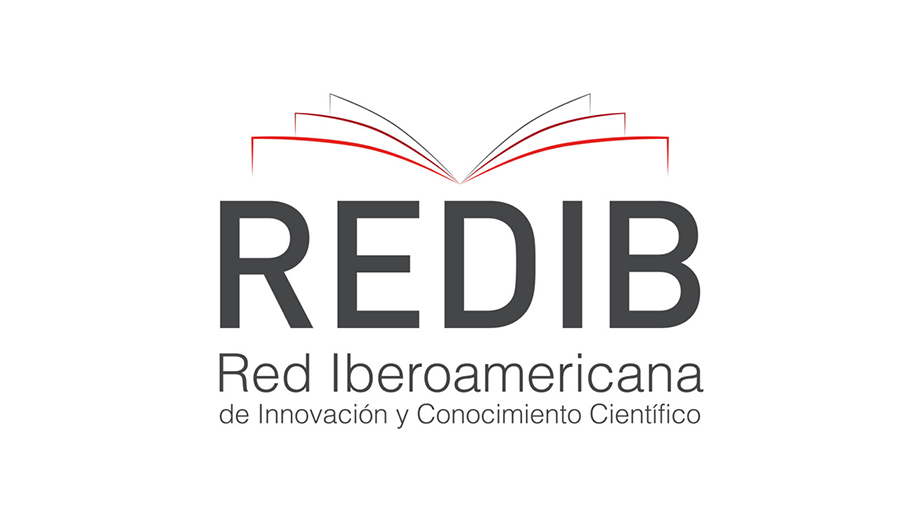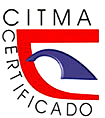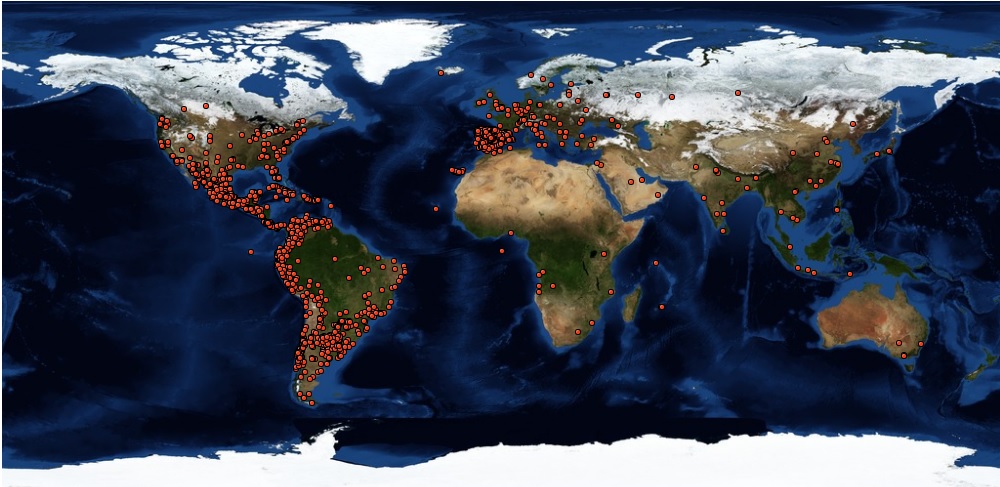Theoretical methodological route for the diagnosis of physical development in blind schoolchildren
DOI:
https://doi.org/10.5281/zenodo.10015373Keywords:
Adapted Physical Education, diagnosis, blind, physical development, TiflopedagogyAbstract
Adapted Physical Education takes into account the Comprehensive Pedagogical Diagnosis as a starting point for the development of the teaching-learning process of schoolchildren with special educational needs. In the adaptations of the Adapted Physical Education program for blind and low vision students, the general objective is declared to contribute to the correct compensation of physical development. In this sense, basic measurements (weight, height, age, sex) and posture are taken into account as the only indicators, so other complementary methods must be included to help clarify the development of the blind student. At this time, posture studies have been carried out using the photogrammetry method but with a clinical approach, which undoubtedly constitute useful experiences, but a procedure for the diagnosis of physical development in blind schoolchildren is not explained. Considering this previous background, the objective was proposed to develop a procedure for the diagnosis of physical development in blind schoolchildren in the context of Adapted Physical Education. Theoretical and empirical methods were used, including analytical-synthetic, inductive-deductive, case study, interview, measurement, document and biomechanical analysis, user criteria, triangulation due to the variation of the method and the case study, as well as statistical-mathematical methods. As a result, a procedure was obtained that was considered viable, useful, and relevant, which is ratified by the users' assessment.
Published
How to Cite
Issue
Section
License
Copyright (c) 2023 Science and Physical Activity

This work is licensed under a Creative Commons Attribution-NonCommercial 4.0 International License.
Attribution-NonCommercial 4.0 International (CC BY-NC 4.0)
You are free to:
Share — copy and redistribute the material in any medium or format
Adapt — remix, transform, and build upon the material
The licensor cannot revoke these freedoms as long as you follow the license terms.







